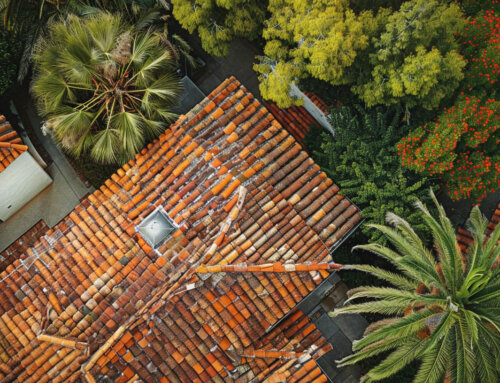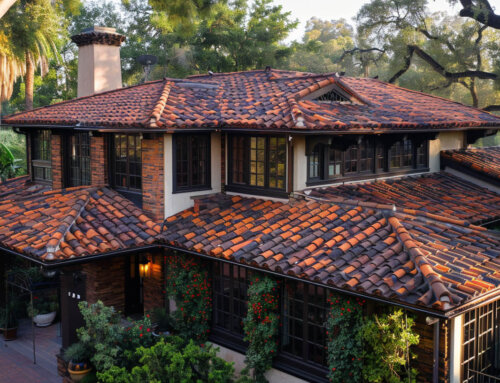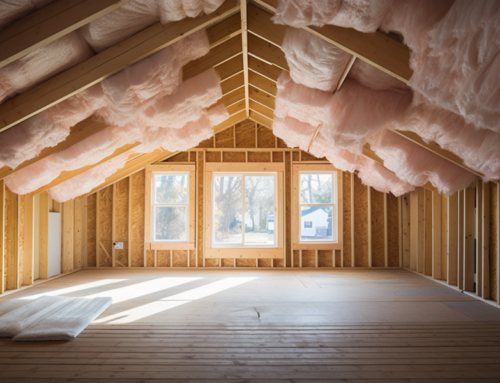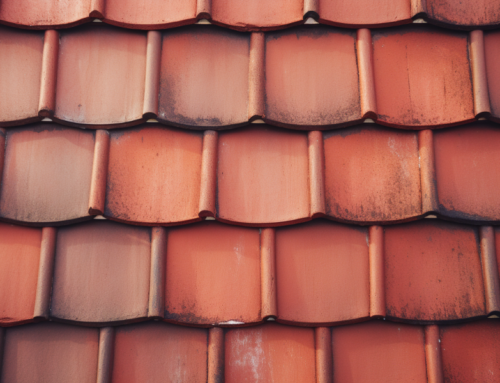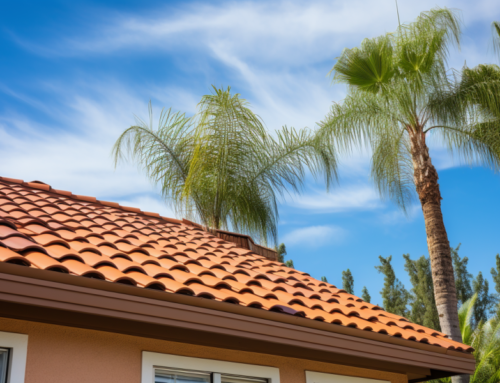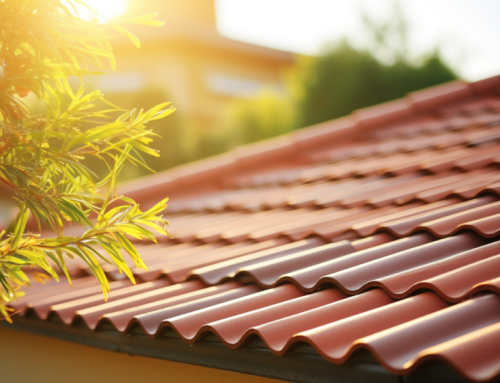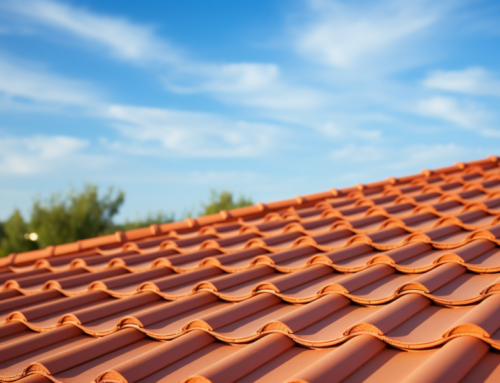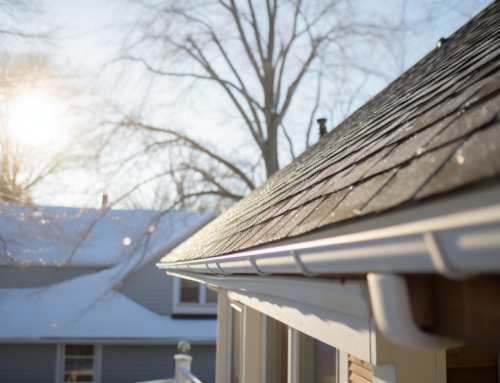TPO roofing, known for its distinctive white appearance, is a modern roofing solution that has gained popularity since its introduction in the 1980s. This article delves deep into the intricacies of TPO roofing, its benefits, and why it might be the right choice for your building.
What is TPO Roofing?
TPO, or Thermoplastic Polyolefin, is a type of rubber roofing crafted from a thermoplastic membrane. This material is produced by fusing polypropylene and ethylene-propylene rubber, further strengthened with elements like fiberglass, carbon filler, and various stabilizers. The result? A lightweight, durable, and watertight roofing material that promises minimal maintenance and a leak-free experience.
Why Choose TPO Over Traditional Roofing?
TPO roofing offers several advantages over traditional single-ply roofing:
- Cost-Effective: TPO roofing can be more affordable than many other roofing systems, with costs starting as low as $5.50 per square foot. Moreover, its durability means reduced maintenance costs over time.
- Durability: TPO roofs are known for their resistance to damage, punctures, tears, and abrasions. This resilience makes them safe for foot traffic and less susceptible to damage from falling debris.
- UV Reflection: TPO roofs can reflect almost 90% of UV rays, reducing wear on the roof and potentially lowering cooling bills.
- Fire Resistance: Some TPO roofs are treated with fire-retardant chemicals, offering added protection against wildfires or nearby fires.
Insulation Choices with TPO Roofing
When installing a TPO roof, you have the flexibility to select the insulation material that aligns with your needs. This insulation is crucial for maintaining a consistent temperature within the building. Options include:
- Polyisocyanurate: Offers a high R-value rating but comes at a higher cost.
- Extruded Polystyrene: A mid-range insulator.
- Expanded Polystyrene: Provides good value but might not perform as effectively as other options.
Making the Right Choices for Installation
The thickness of the TPO membrane is a crucial decision. Commonly, thicknesses range from 45 mil to 90 mil, with 60 mil being the standard. The chosen thickness often depends on factors like expected foot traffic and environmental conditions.
Color choices are also available. While white, grey, and tan are standard, those with visible roofs might opt for premium or custom colors.
Lastly, the installation style matters. Whether you choose mechanically attached roofs, a fully adhered membrane, or a ballasted system, consulting with a roofing contractor like San Diego County Roofing & Solar can help you make an informed decision.
TPO vs. EPDM Roofing
While TPO roofing is a popular choice, EPDM roofing is another option to consider. EPDM roofs can last up to 50 years and are known for their flexibility. However, they might not be as heat-reflective as TPO roofs. The choice between TPO and EPDM often depends on factors like longevity expectations, temperature considerations, and budget.
Trust the Experts
TPO roofing installation requires expertise. A small error during installation can lead to significant issues down the line. San Diego County Roofing & Solar, one of the leading San Diego roofing companies, has been serving the community since 1999. With a commitment to quality and customer satisfaction, you can trust them to guide you towards the best roofing solution for your needs.
In conclusion, TPO roofing offers a blend of affordability, durability, and eco-friendliness. Whether you’re considering it for a commercial establishment or a residential property, it’s a choice worth considering.



